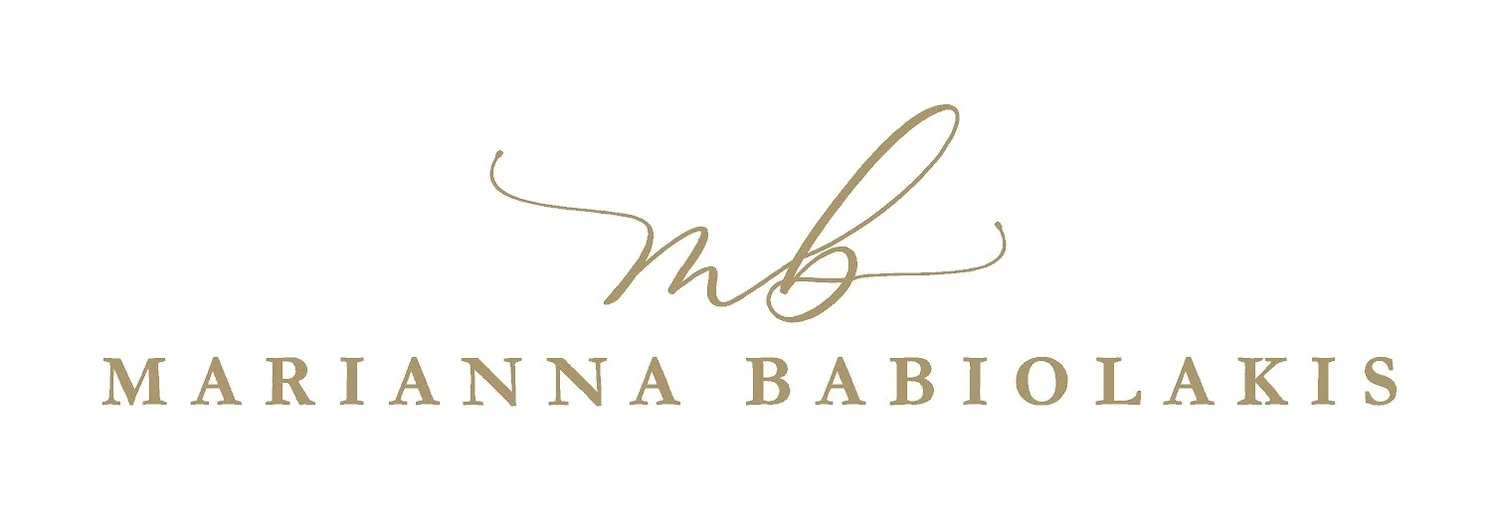Eye Movement Desensitization and Reprocessing
EMDR
EMDR is a powerful, evidence-based therapy that helps people heal from traumatic or distressing experiences that continue to affect them in the present.
Unlike traditional talk therapy, EMDR helps your brain process and “re-file” painful memories so they don’t keep showing up as anxiety, flashbacks, emotional overwhelm, or negative self-beliefs. It’s less about talking through every detail, and more about helping your nervous system finally feel safe again.
EMDR for Moms
Motherhood is full of emotional intensity. For many, it’s also a time when old wounds get reopened - or new ones form. EMDR can be especially helpful if you’ve experienced:
A traumatic or medically complicated birth
Pregnancy loss or miscarriage
Postpartum anxiety or depression linked to unresolved trauma
NICU stays or separation from your baby
Medical trauma during pregnancy or labor
Childhood trauma that’s being triggered by motherhood
Feeling “off” or disconnected without knowing exactly why
If you feel pressure to "move on" or are questioning if your experience even "counts" as traumatic, please know…
Trauma and grief don’t follow a set timeline - and what impacts us deeply is personal. Some experiences stay with us long after they’ve passed.
If it’s affecting your life, it matters - and EMDR can help.
-
EMDR works by using bilateral stimulation - this can be eye movements, tapping, or tones - to help the brain reprocess traumatic memories. It’s kind of like helping your mind finish a story it got stuck on.
When something traumatic happens, your brain sometimes can’t fully process it in the moment. That “stuck” memory can keep looping in the background, showing up as anxiety, irritability, guilt, or even physical symptoms.
EMDR helps your brain do what it naturally wants to do: process the memory and heal.
-
The number of EMDR sessions varies from person to person. Some begin to notice shifts after a few reprocessing sessions, while others may need more time, especially if they’re working through long-standing or complex experiences.
Before we begin reprocessing memories, there’s a preparation phase. This is a vital part of the work, where we focus on building trust, learning grounding tools, and helping your nervous system feel safe and supported. The length of this phase depends on your needs and comfort level.
EMDR is not a quick fix, but it is a deeply effective and structured process. We’ll move at a pace that feels right for you, and I’ll be here to support you as much as you need.
-
An EMDR reprocessing session is a focused, structured time where we work with a specific memory or experience that still feels charged or unresolved. We begin by identifying the memory, the beliefs or feelings connected to it, and how it shows up in your body.
Using bilateral stimulation - often gentle eye movements, tapping, or sound - we help your brain process the memory in a way that feels safer and more integrated. You’re not expected to relive every detail or tell the story out loud unless you want to. Instead, you simply notice what comes up, and I’ll be there to guide and support you throughout.
It’s normal for emotions, thoughts, or physical sensations to arise, and we’ll pause anytime you need. The goal isn’t to erase the memory, but to reduce its emotional intensity and allow you to relate to it with more clarity, calm, and strength.



